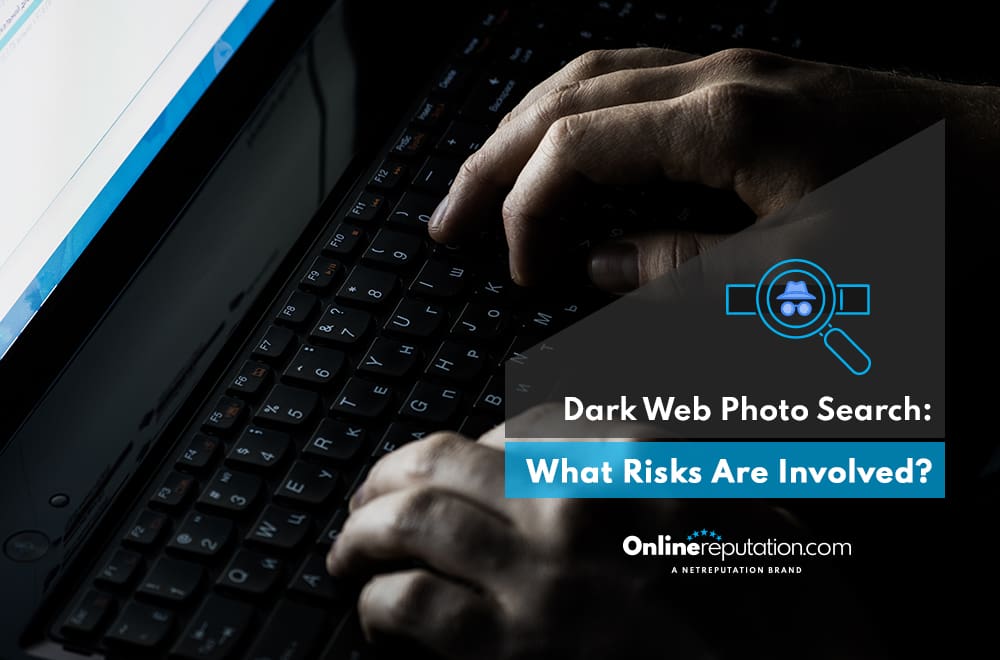
This article explains what a dark web photo search is and its risks.
The dark web is a secretive part of the internet where users can access hidden websites and content. Among its features is a photo finder, which allows users to find encrypted and hidden images that are only accessible via the Tor Browser or similar tools.
The dark web’s image finder and reverse image search tools come with risks, including exposure to illegal content and the potential for identity theft. Understanding these dangers and taking precautions when exploring the dark web (and even the deep web) is essential.
It’s possible to create a robust, positive online reputation even if you’ve found unflattering images on the deep web or dark web. Explore our services or call us at 844-230-3803 for more information.
How Does a Dark Web Image Search Work?
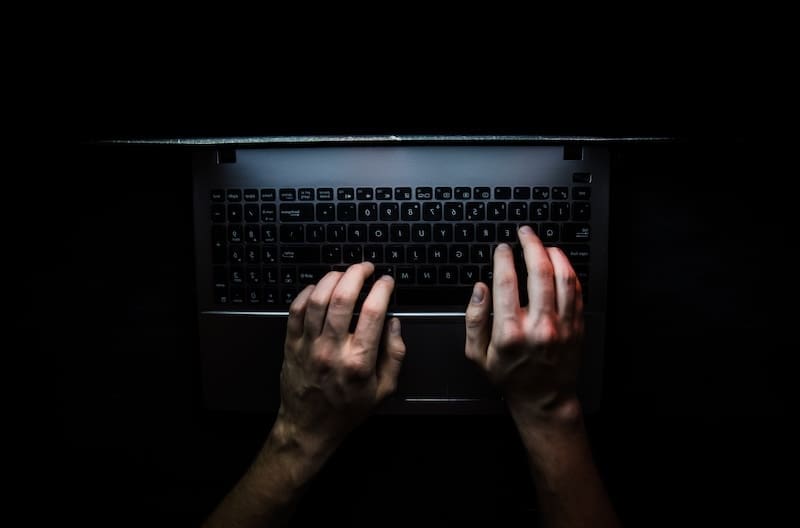
The dark web, a hidden part of the internet inaccessible to any traditional search engine, operates on a level of anonymity and privacy that’s distinct from the surface web. It harbors illicit activities shielded by encryption and decentralized infrastructure.
Within this realm, a dark web image search or reverse image search uses specialized engines to uncover hidden images, leveraging the anonymity of the Tor network. Dark web and deep web searches index encrypted content, ensuring user anonymity and search accuracy through metadata and keyword categorization.
What Are the Risks of Conducting a Dark Web Image Search?
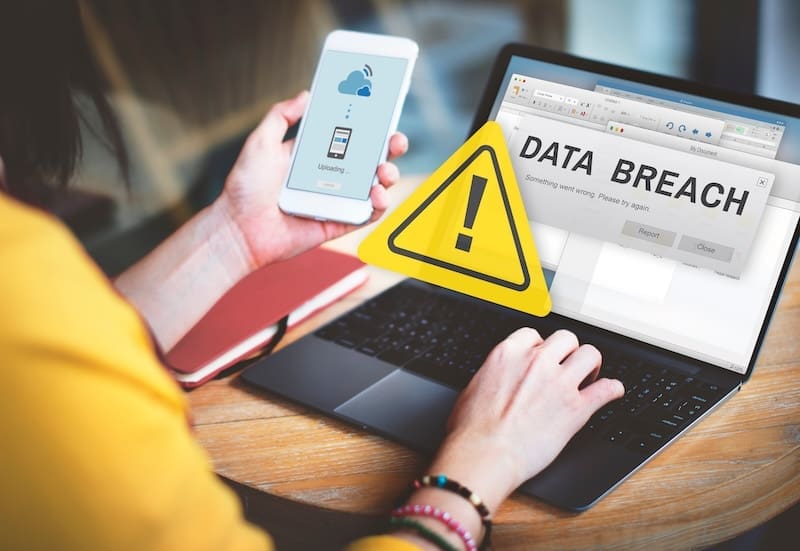
Engaging in a dark web image search comes with significant risks, including:
- Exposure to illegal content
- Malware from suspicious links
- Heightened vulnerability to identity theft
- Legal consequences for accessing prohibited materials
Illegal content found on the dark web may involve disturbing and legally forbidden images, potentially leading to inadvertent involvement in criminal activities. Moreover, clicking on dubious links during these searches can expose devices to harmful malware, jeopardizing personal data and cybersecurity. The anonymity of the dark web also fosters an environment for cybercriminals to conduct identity theft, resulting in financial loss and reputational harm for unsuspecting individuals.
What if you’re just using the Tor network for an image search out of curiosity, though? Accessing restricted materials can still lead to severe legal penalties. Law enforcement closely monitors activities on the dark web and prosecutes offenders.
Internet users must exercise caution and prioritize their online security and privacy when navigating the dark web. Security measures like VPNs and encrypted communication are vital to safeguarding your identity and data.
Let’s discuss these risks some more.
Exposure to Illegal Content
Trying to find images on the dark web exposes users to a plethora of illegal content, including explicit material and prohibited images, which can potentially lead to criminal charges and legal consequences. This illicit content encompasses various forms of wrongdoing, such as child exploitation, graphic violence, and drug trafficking, presenting users with disturbing visuals and ethical dilemmas.
Moreover, possessing or distributing such illegal content carries severe penalties, including fines, imprisonment, and investigations by law enforcement agencies. This underscores the serious risks associated with navigating the internet’s dark corners.
Malware and Viruses
Using the dark web poses a substantial risk of malware and virus infection. This can compromise the security and integrity of user devices and data. Malicious software, including viruses, ransomware, and spyware, can infiltrate computer systems through enticing images on the dark web, leading to devastating consequences such as data theft and system corruption.
To mitigate these threats, users must invest in reputable antivirus software, regularly update system security patches, and exercise caution when downloading or accessing content from the dark web. It’s integral to protect yourself against the insidious nature of cyberthreats.
Increased Risk of Identity Theft
Utilizing the dark web significantly heightens the risk of identity theft. Users can inadvertently expose their personal contact information to malicious actors lurking in the shadows of the internet. Cybercriminals then exploit vulnerabilities to steal valuable data. This emphasizes the importance of maintaining vigilance and implementing robust privacy protection measures when on the dark web.
Strong password practices, encryption tools, and staying informed about emerging cyberthreats are essential for safeguarding personal information. This due diligence will help you mitigate the risk of falling victim to identity theft in the digital age.
Potential Legal Consequences
Conducting a photo search or using a reverse image search tool on the dark web carries significant legal risks. These include prosecution for accessing illegal content and involvement in criminal activities. You could end up facing severe penalties and investigations by law enforcement authorities.
Unintentional encounters with illicit material on the dark web can also lead to charges of online misconduct and violations of intellectual property rights. This exposes individuals to civil lawsuits and legal actions from copyright owners and regulatory bodies.
Users must exercise caution and adhere to legal guidelines when navigating the murky waters of the dark web. This is crucial to avoiding the potentially dire consequences of engaging in unlawful online activities.
What Types of Photos Can Be Found on the Dark Web?

The dark web hosts various types of photos, including stolen personal images, illegal or explicit content, and images depicting violent or disturbing scenes that are not typically accessible on your typical surface web search engine.
Stolen personal images often consist of compromising pictures taken from hacked social media sites or cloud accounts. These photos expose individuals’ private moments without consent. Illegal and explicit content encompasses a wide range of visuals, from underage pornography to graphic violence, pushing legal and moral boundaries. Disturbing visuals capture scenes of extreme violence, torture, or other unsettling imagery that can be disturbing and traumatic to view.
Are you worried about what someone could find out about you when using a dark web search engine? We work with clients to help them build their online reputation and take control of their digital presence. Give us a call at 844-230-3803 to learn more about our services.
Stolen Personal Photos
Stolen personal photos on the dark web are often obtained through data breaches, hacks, or unauthorized access to private databases, compromising individuals’ privacy and exposing their images to illicit websites and online platforms.
These acquisition methods highlight the alarming reality of how easily personal images can be exploited without consent. Once these images are uploaded to the dark web, they can quickly spread across the world on various networks, perpetuating privacy violations on a global scale.
The implications of having one’s intimate photos circulated without permission go beyond mere embarrassment. They can lead to significant emotional distress, reputation damage, and even potential threats to personal safety.
Illegal or Explicit Content
Illegal and explicit content on the dark web includes images and videos depicting unlawful activities, explicit material, or content that violates ethical standards. Users who inadvertently come across such images are at risk.
This illicit content on the dark web ranges from prohibited images of violent acts, child exploitation, and drug trafficking to graphic representations that promote hate speech and terrorism. The presence of sexually explicit material further heightens the dangers of browsing such corners of the internet.
Accessing this type of material not only exposes individuals to legal repercussions due to involvement in illicit activities but also inflicts severe psychological harm. Exposure to desensitizing content or involvement in networks promoting violence can lead to long-lasting trauma and contribute to the perpetuation of criminal behavior.
Violent or Disturbing Images
The dark web contains images depicting violent or disturbing scenes, graphic content, and language and visuals that may trigger discomfort, trauma, or psychological distress in individuals who view such images without proper caution.
Graphic images on the dark web often showcase gruesome acts of violence, explicit content, and distressing scenarios that can deeply affect the mental state of unsuspecting viewers. Exposure to such disturbing visuals can lead to anxiety, post-traumatic stress disorder, and other psychological issues. It is crucial to recognize the potential harm these images can cause and to exercise extreme care when navigating the hidden corners of the internet to avoid encountering such distressing material.
How Can You Protect Yourself When Using a Dark Web Search Engine?
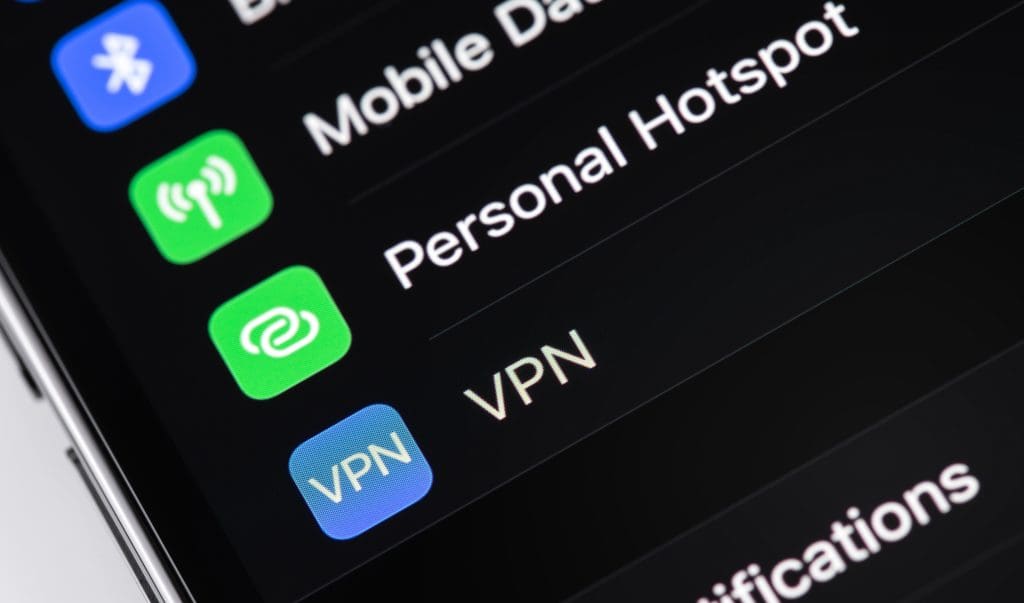
To ensure a secure online experience on the dark web, it’s essential to employ various protective measures.
- Use a safe and encrypted connection to safeguard data, browsing activity, location, and identity from potential threats.
- Utilize a Virtual Private Network (VPN) for anonymity and to shield online activities from surveillance.
- Robust antivirus software is vital for detecting and thwarting malware that may compromise device security.
- Develop safe browsing habits, such as being cautious with links and downloads. This minimizes the risk of exposure to malicious content.
- Refrain from sharing personal information. This helps prevent identity theft and unauthorized access to confidential data.
These proactive measures collectively promote online privacy and security. Users can then explore the dark web safely and confidently.
Today, online reputation management is more important than ever before. If you’re concerned with what someone can find on the dark web or even with a Google image search, we can help. Get started with a free analysis here or explore our services.
What Are the Legal Implications of Using a Dark Web Search Engine?
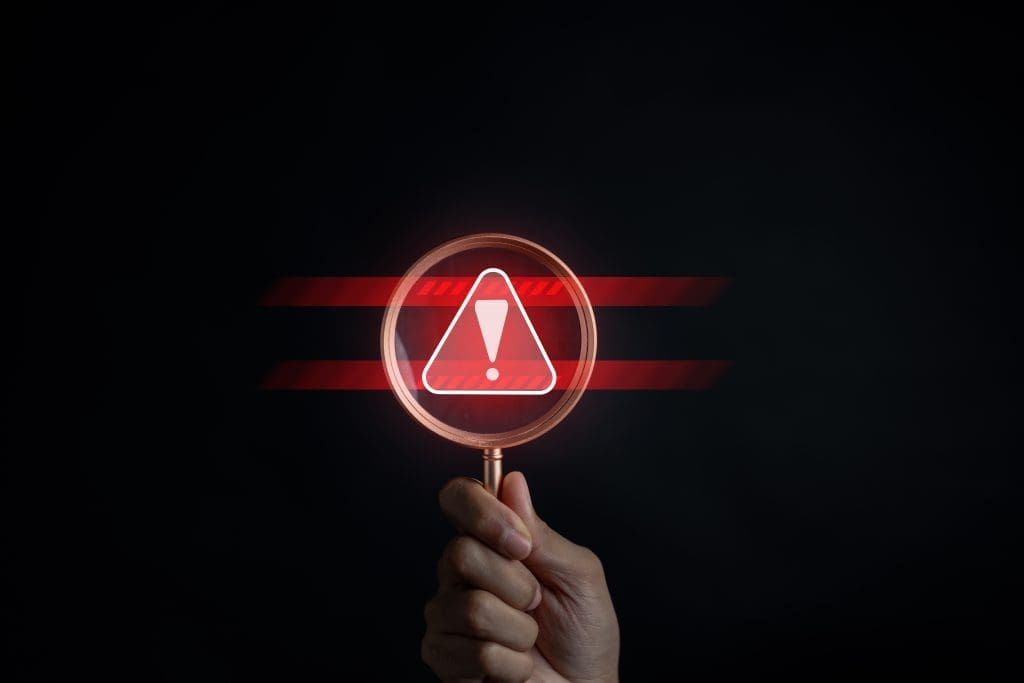
Using a dark web search engine to find photos or perform a reverse image search carries significant legal risks. These include:
- Possessing illegal content
- Distributing prohibited images
- Accessing illicit websites
These actions may result in legal consequences, law enforcement actions, or criminal charges. Individuals searching for photos on the dark web may inadvertently encounter illegal images that fall under strict cyber laws.
The gravity of the offense often lies in possessing and sharing such materials, leading to severe penalties under legal frameworks combating cybercrime. Knowingly or unknowingly, sharing prohibited images can trigger investigations and serious ramifications with law enforcement.
Moreover, possession of illegal content obtained through these searches can lead to legal repercussions, including charges, investigations, or judicial actions related to storing, viewing, or sharing illicit materials.
Overall, accessing illegal websites exposes individuals to legal scrutiny. This can lead to investigations, monitoring, or intervention by law enforcement authorities. When using the dark web, it’s crucial to prioritize compliance with legal standards and ethical practices to avoid legal troubles and potential harm to society.
Protect Your Digital Reputation Everywhere Online

Are you wondering what someone can find out about you using a traditional search engine, Google image search, deep web search or even a dark web search engine?
At OnlineReputation.com, we provide must-know information to individuals and businesses who want to create, grow or repair their digital reputation. Whether you’re prioritizing your personal or professional online reputation, our advice and team of experts can help.
We offer a range of online reputation management services, including search engine optimization and content removal. Our five-step ORM strategy ensures we cover every base to create a tailored program that’s right for you.
OnlineReputation.com provides information and services to help you protect your digital presence. Get started with a free online reputation analysis here or give us a call at
844-230-3803
to speak with an expert.
You might also like
Online Reputation Score: Why You Need to Know Yours
This article explains what a dark web photo search is and its risks. The dark web is a secretive part …

